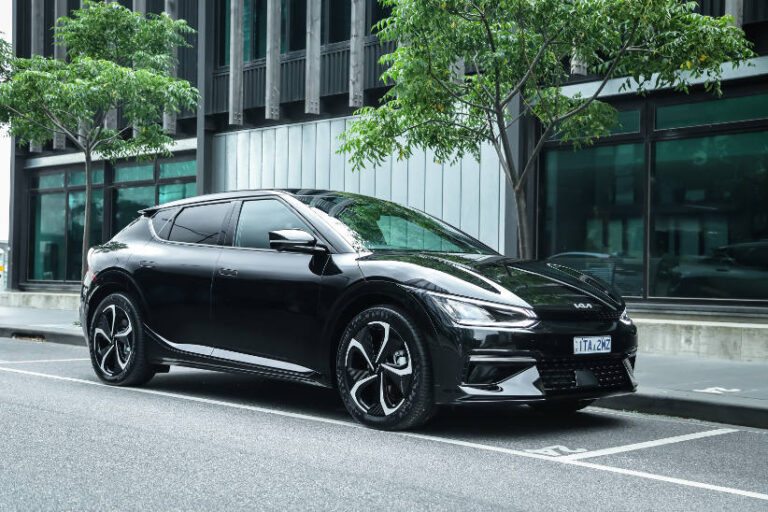It’s one of the big fleet management questions, what’s a vehicle worth in three or five years? So when I ran into Brendon Green, General Manager, Motor Vehicles at Pickles Auctions, at the Everything Electric Show in Sydney, I asked about the market for used electric vehicles and I was disappointed with the answer.
With some of the recent headlines of suggesting the end of the electric vehicles, I was hoping to find some bargains in the auction lanes but Green assured me that while there had been an adjustment in prices that were overinflated (for all powertrains) recently, there were no unusual price drops on electric vehicles.
“They were inflated, they were 20% higher than what the average ICE car was,” explained Green. “Now, they’re more or less aligned with where the average ICE car prices are these days, from a residual value standpoint as a percentage.”
“So that’s really good to see. Good to see it’s not dropping. That it’s holding ground against the ICE cars, which should give fleet companies and owners confidence when they’re buying those electric cars that they will be good value in the years to come.”
Understanding the future value of assets is a key component of Whole of Life Cost (WOLC) calculations and a core skillset for Fleet Managers. Despite many years of looking at garage sales and second hand stores, I haven’t found a crystal ball that could predict residual values for fleet assets.
The transition to electric vehicles creates a challenge with forecasting the future value of fleet assets for a number of reasons. When you look at the main factors that impact residual values, there are some gaps in the data for EVs.
Top factors that impact EV residual values
- Model cycle and volume sold
- Body style and shape
- Options and accessories (these are different things)
- Application during service (e.g. vehicles on mine sites are worth less)
- Rental company activity
- Manufacturer reputation
- Market liquidity
- Maintenance costs later in life
- Rarity (good), low sale volume (bad), new technology (unknown)
The main issue for estimating the residual value on electric cars is data. There aren’t enough used EVs being sold to provide a solid analysis of pricing trends.
Other issues are model cycle, body style and manufacturer reputation. Most second hand electric vehicles on sale in 2024 will be first generation which look like a Model T compared to the second generation EVs available new. And there’s only one brand, with one body style, available in any significant volume, which also has links to the early days of the automotive industry.
According Green, the sales volume is growing but it’s many years away from providing the volume required to provide confidence in residual values forecasts.
“It’s a volume that’s building for us. We kind of envisage in a couple of years time that they’ll be in the 1,000s rather than the hundreds,” says Green.
“I think we only sold 150 last year but already you see 20 on the website. At the start of this year you can see that growth is happening quite quickly, and we’re hearing that a lot of the fleet companies and the government’s have got these cars maturing everyday now. So we’ll start to see more and more coming through as the year progresses.”






